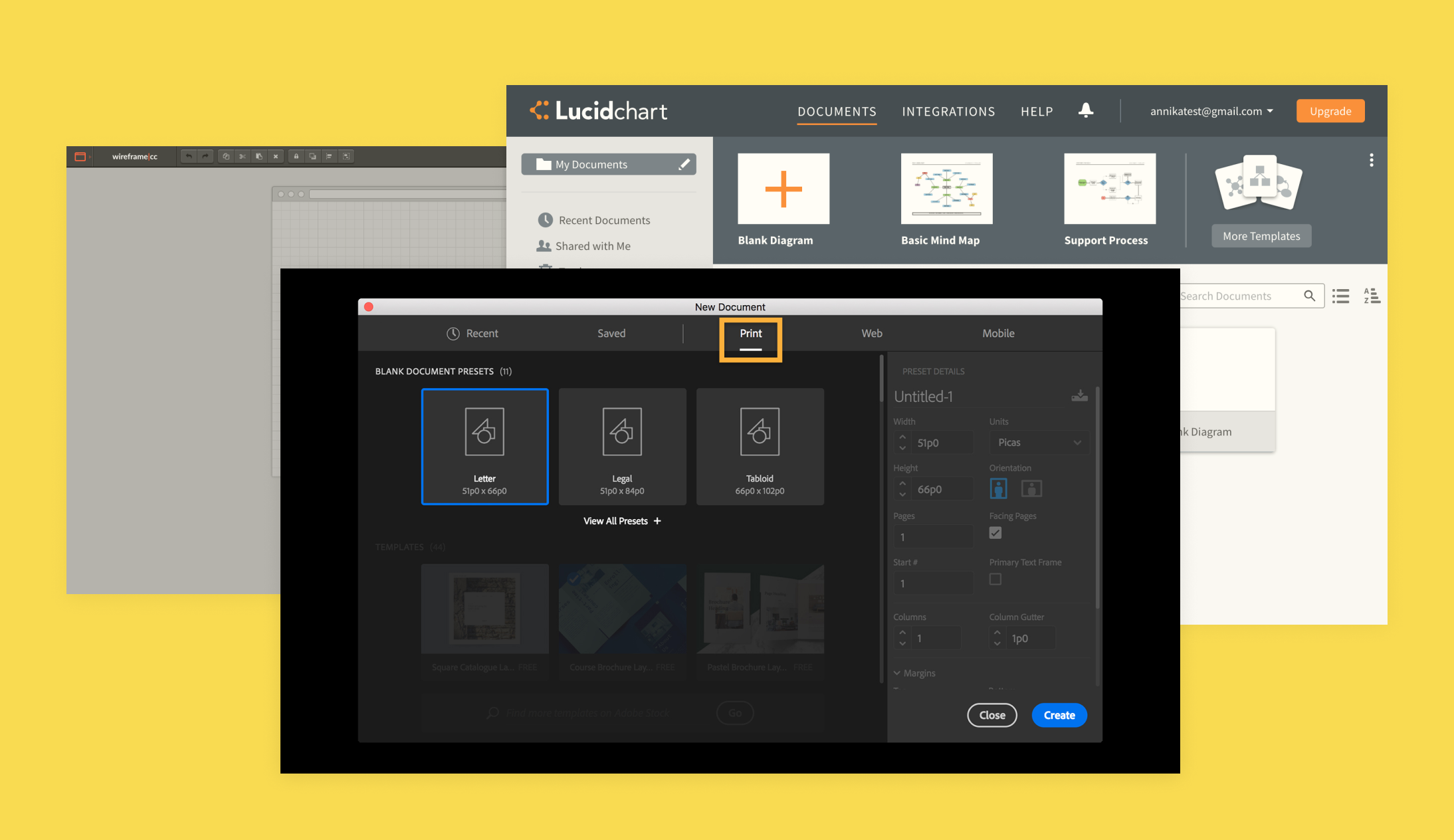Simple Prototype Skeleton Mac OS
Programming a device driver for Linux requires a deep understanding of the operating system and strong development skills. To help you master this complex domain, Apriorit driver development experts created this tutorial.
Mockplus for Mac is a concise and rapid prototype design tool. Mockplus is very easy to use. Even the novice can quickly make a prototype. Its unique sketch style and low fidelity coincide with the features of the wireframe. Simply prototype 2D games using an easy, minimal interface that lets you draw simple primitives and images on the screen, easily handle mouse and keyboard events and play sounds. Install the Go programming language. After clicking the download link you will be referred to the installation instructions for your specific. The best way to communicate animation and the interaction design is to have a prototype. The design team should have conversation of interaction / animation in the early stage. Once the prototype is ready, it can demonstrate the animation effect to the project managers / stakeholders / developers / etc. The operand field in a prototype statement lets you specify positional or keyword parameters. These parameters represent the values you can pass from the calling macro instruction to the statements within the body of a macro definition. The operand field of the macro prototype statement must contain 0 to 32000 symbolic parameters separated.
We’ll show you how to write a device driver for Linux (5.3.0 version of the kernel). In doing so, we’ll discuss the kernel logging system, principles of working with kernel modules, character devices, the file_operations structure, and accessing user-level memory from the kernel. You’ll also get code for a simple Linux driver that you can augment with any functionality you need.
This article will be useful for developers studying Linux driver development.
Contents:
Getting started with the Linux kernel module
The Linux kernel is written in the C and Assembler programming languages. C implements the main part of the kernel, while Assembler implements architecture-dependent parts. That’s why we can use only these two languages for Linux device driver development. We cannot use C++, which is used for the Microsoft Windows kernel, because some parts of the Linux kernel source code (e.g. header files) may include keywords from C++ (for example, delete or new), while in Assembler we may encounter lexemes such as ‘ : : ’.
Simple Prototype Skeleton Mac Os X
There are two ways of programming a Linux device driver:
- Compile the driver along with the kernel, which is monolithic in Linux.
- Implement the driver as a kernel module, in which case you won’t need to recompile the kernel.
In this tutorial, we’ll develop a driver in the form of a kernel module. A module is a specifically designed object file. When working with modules, Linux links them to the kernel by loading them to the kernel address space.
Module code has to operate in the kernel context. This requires a developer to be very attentive. If a developer makes a mistake when implementing a user-level application, it will not cause problems outside the user application in most cases. But mistakes in the implementation of a kernel module will lead to system-level issues.
Luckily for us, the Linux kernel is resistant to non-critical errors in module code. When the kernel encounters such errors (for example, null pointer dereferencing), it displays the oops message — an indicator of insignificant malfunctions during Linux operation. After that, the malfunctioning module is unloaded, allowing the kernel and other modules to work as usual. In addition, you can analyze logs that precisely describe non-critical errors. Keep in mind that continuing driver execution after an oops message may lead to instability and kernel panic.

The kernel and its modules represent a single program module and use a single global namespace. In order to minimize the namespace, you must control what’s exported by the module. Exported global characters must have unique names and be cut to the bare minimum. A commonly used workaround is to simply use the name of the module that’s exporting the characters as the prefix for a global character name.
With this basic information in mind, let’s start writing our driver for Linux.

Simple Prototype Skeleton Mac Os Download
Creating a kernel module
We’ll start by creating a simple prototype of a kernel module that can be loaded and unloaded. We can do that with the following code: